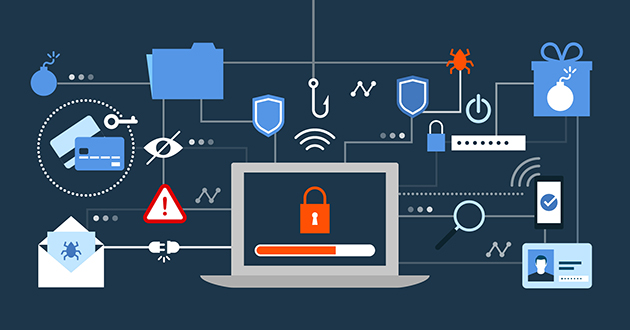 A Frost & Sullivan study commissioned by Microsoft reveals that a large-sized organization in India incurs an average of USD 10.3 million of economic loss from cyber attacks whereas a mid-sized organization incurs an average of USD 11K. Cybersecurity attacks have also resulted in job losses across different functions in more than three in five (64%) organizations that have experienced an incident during the survey period.
A Frost & Sullivan study commissioned by Microsoft reveals that a large-sized organization in India incurs an average of USD 10.3 million of economic loss from cyber attacks whereas a mid-sized organization incurs an average of USD 11K. Cybersecurity attacks have also resulted in job losses across different functions in more than three in five (64%) organizations that have experienced an incident during the survey period.
The study, titled “Understanding the Cybersecurity Threat Landscape in Asia Pacific: Securing the Modern Enterprise in a Digital World”, aims to provide business and IT decision makers with insights on the economic cost of cybersecurity breaches in the Asia-Pacific region identify the gaps in organizations’ cybersecurity strategies. The study involved a survey of 1,300 business and IT decision makers ranging from mid-sized organizations (250 to 499 employees) to large-sized organizations (>than 500 employees). The study reveals that more than three in five organizations (62%) surveyed in India have either experienced a cybersecurity incident (30%) or are not sure if they had one as they have not performed proper forensics or data breach assessment (32%).
“As companies embrace the opportunities presented by cloud and mobile computing to connect with customers and optimize operations, they take on new risks,” said Keshav Dhakad, Group Head & Assistant General Counsel, Corporate, External & Legal Affairs (CELA), Microsoft India “With traditional IT boundaries disappearing the adversaries now have many new targets to attack. Companies face the risk of significant financial loss, damage to customer satisfaction and market reputation—as is evident from high-profile breaches this year.”
The Study also examined the current cybersecurity strategy of organizations in India. It found that for organizations that have encountered cybersecurity incidents, remote code execution and data exfiltration are the biggest concerns as they have the highest impact with the slowest recovery time. A large number of cybersecurity tools and a complex environment also add to the turnaround time. Most organizations lack a cybersecurity strategy, while for a large majority cybersecurity was an afterthought. About 59% (3 in 5) of respondents in the Study said that the fear of cyber attacks has hindered digital transformation projects. (37%) see cybersecurity strategy only as a means to safeguard the organization against cyberattacks rather than a strategic business enabler. A mere 18% seeing cybersecurity as a digital transformation enabler.
Focus on AI
While the threat of cyberattacks is ever increasing, the report also highlights that rapid advancements in technologies like AI will act as a key equalizing factor. The study reveals that more than nine in ten (92%) organizations in India have either adopted or are looking to adopt an AI approach towards boosting cybersecurity. Additionally, more than one in five (22%) of Indian organizations have already witnessed benefits of using AI to achieve faster and more accurate detection of threats.
In conclusion, the report also recommends a set of best practices for organizations to improve their defence against cyber threats. This includes positioning cybersecurity as a digital transformation enabler; ongoing investment in strengthening security fundamentals; reducing the number of tools and complexity, and leveraging integrated best-of-suite tools; continuously assessing and reviewing compliance and leveraging AI and Automation to increase capabilities and capacity. According to Mr. Dhakad, “The ever-changing threat environment is challenging, but there are ways to be more effective using the right blend of modern technology, strategy, and expertise. Microsoft is empowering businesses in India to take advantage of digital transformation by enabling them to embrace the technology that’s available to them, through its secure platform of products and services, combined with unique intelligence and broad industry partnerships.”